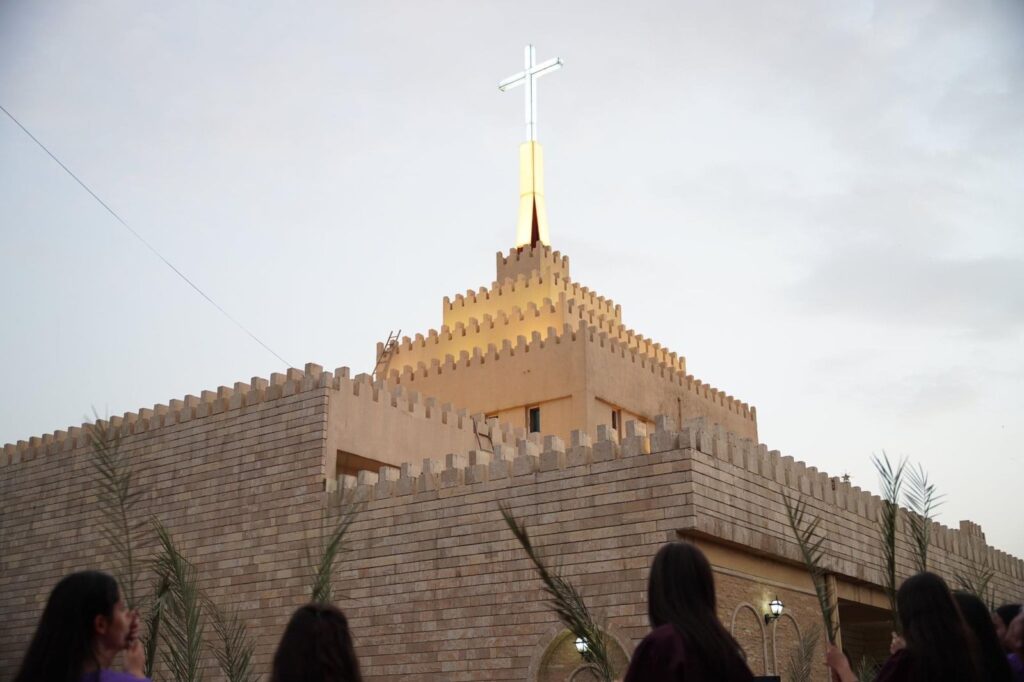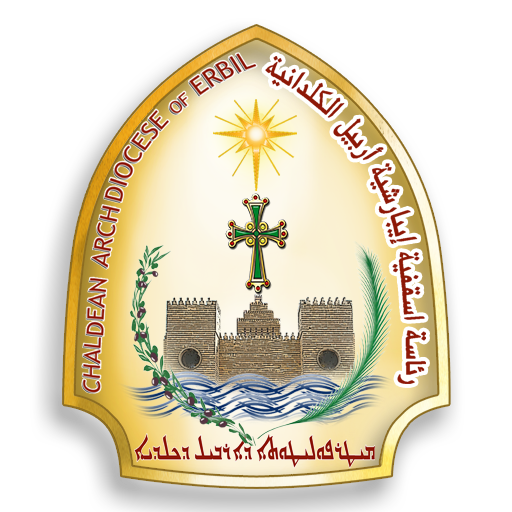OUR ARCHDIOCESE HISTORY

The roots of the Archdiocese of Erbil go back to what was once known as the Archdiocese of Adiabene, covering the northern area of Beth-Nahrain (Erbil and Nineveh). According to the Chaldean Catholic Church guide of 2021, Adiabene was made into an archdiocese by Patriarch Fafa during the 3rd century to which many episcopal chairs were subject. Moreover, it was known for its educational institutions and various churches and monasteries. After the many persecutions toward it, the archdiocese was no longer as strong. It was later re-established and had its own episcopal chair in 1968 under the name of the Archdiocese of Erbil.
The first archbishop of this archdiocese after its re-establishment was Mar Estephan Babaka (1968-1993). The Succeeding bishops: Mar Hanna Markho (1994-1996), Mar Jacques Ishaq (1997-2001), Mar Yacoub Danha Sher (2001-2005). Currently the archbishop of the Archdiocese of Erbil is Mar Bashar Matti Warda, elected in 2010. The Cathedral of St. Joseph in Ankawa, Erbil is where the episcopal chair resides. The parishes in Ankawa, Shaqlawa, Koya and Armota are all subject to the Archdiocese of Erbil.
Today, the Archdiocese of Erbil is known for its many institutions containing education, health, humanitarian, and spiritual goals. It can be said that the Archdiocese of Erbil has returned the prominence of its root, the archdiocese of Adiabene, which was once lost due to persecutions.
Sources:
Chaldean Patriarchate, Chaldean Church Guide, 2021, (https://saint-adday.com/?p=40930)
Chaldean Patriarchate, Summary of the Chaldean Church History, 2013, (https://saint-adday.com/?p=3336)
Father Azad Sabri, Chaldean Fathers Biographies, 2015.
EWTN, Ecumenical Council of Florence, (https://www.ewtn.com/catholicism/library/ecumenical-council-of-florence-1438-1445-146)
Louis Sako, The Chaldean Church Story of survival, 2013, https://saint-adday.com/?p=3907
